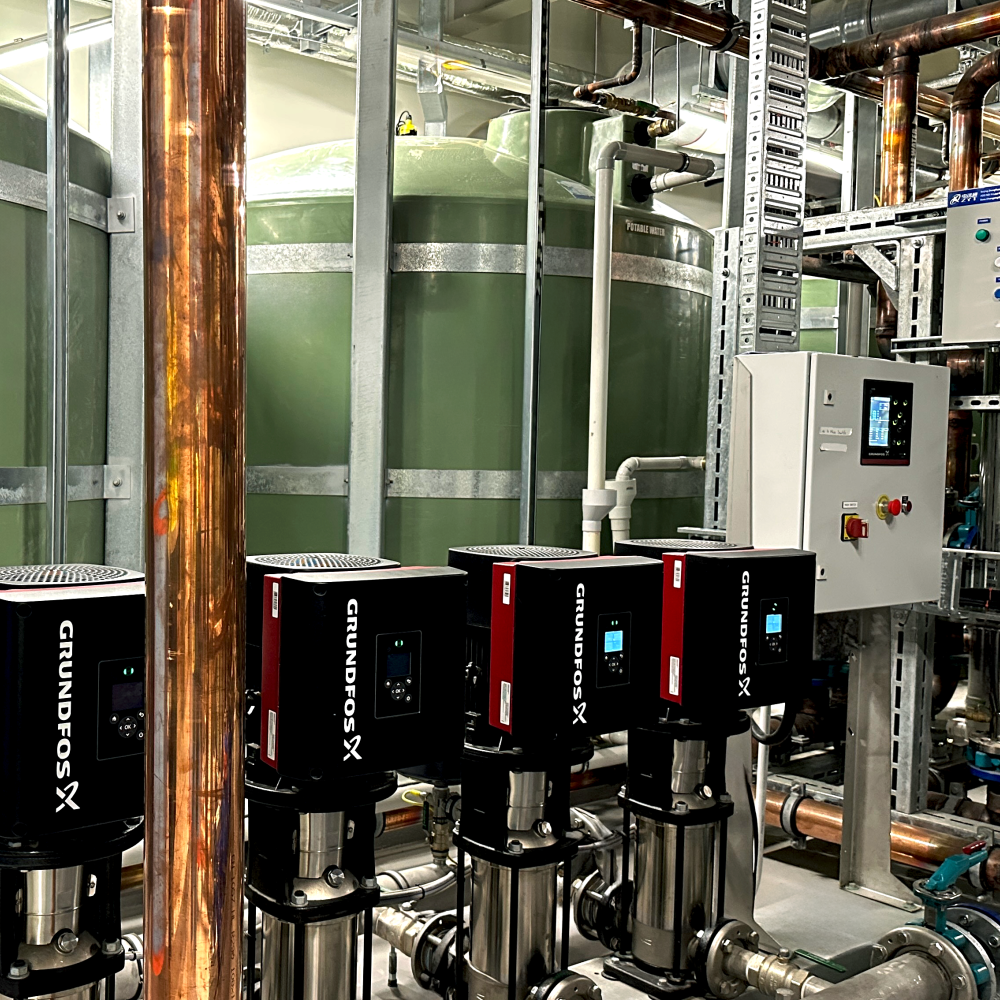Bridging the Gap - Navigating the world of construction as a female
The construction industry has long been a significant contributor to New Zealand's internal GDP, encompassing infrastructural, commercial, and residential construction. As of 2023, the market size was valued at $56 billion (Globaldata, 2024), employing approximately 216,000 people (Statista, 2024). However, as we delve into the demographic breakdown, it becomes apparent that there is a disproportionate ratio between male and female employees in the industry, prompting questions about career pathways and support for women seeking to enter this valuable market. Despite women constituting half of the working population, only an estimated 13% are in construction, with a mere 2.5% "on the tools." (Climo, 2017). We are dedicated to challenging this stigma, fostering diversification, and promoting career pathways for women within the plumbing sector.
Diversification: Diversification is often discussed in financial contexts regarding risk mitigation. However, when applied to demographics, particularly the inclusion of women in workplaces, it offers numerous benefits. Embracing diversity results in a broader pool of talent with varied skills, personality types, and perspectives, enhancing problem-solving capabilities (Ministry for Women, 2021). Diverse teams tend to be more productive, thereby improving companies' bottom lines. The presence of women in the construction industry not only boosts competitiveness but also signifies a commitment to equality. BCITO, an apprentice training provider, aims to increase the current 3-4% female representation in construction to 30% by 2040—an initiative we wholeheartedly support.
Soft Skills: Women bring unique soft skills that are invaluable in the trades, facilitating client and employee engagement and enhancing problem-solving abilities. They often possess lateral problem-solving skills, offering unconventional solutions and fresh perspectives. Moreover, women are highly motivated, efficient, and productive, serving as motivators in group settings. Their attentiveness contributes to reduced injury rates in workplaces.
Adaptability: The challenges posed by COVID-19 highlighted the importance of adaptability in the workplace. Research indicates that women are more adept at navigating social roles and adapting to change (American Psychological Association, 2019). This quality is particularly advantageous in an industry that has undergone significant upheaval in recent years. Women's receptiveness to change and eagerness to learn make them well-suited for roles that require flexibility and resilience. For instance, skills acquired in project management roles are transferable to on-site project management, broadening career pathways for female tradespeople.
Changing Perspectives: To attract more women to the construction industry, we must challenge traditional perceptions of roles within the trades. Working for a plumbing company doesn't solely entail manual labor; there are diverse and complex roles behind the scenes. Plumbing companies rely on various skills, from frontline workers to software implementation and support personnel and health and safety officers. Leadership roles for women should be actively encouraged and promoted.
At Hanlon Plumbing, we have three female managers in pivotal positions in the company's assisting with its success, with other senior female team members alongside them. We are committed to retaining our talented staff, diversifying our company, and leveraging skills that transcend gender stereotypes. We will continue to create opportunities for women in the plumbing sector, collaborating with education providers to promote the trades as viable career options for all young people, regardless of gender. We are proud of our commitments to females thus far in an industry stuck in the stereotypes, and hope to provide careers in the future for more female's plumbers, and females in leadership roles within the construction industry.
References:
American Psychological Association. (2019, July 29). Study finds women are equally or more competent than men, but less confident. https://www.apa.org/news/press/releases/2019/07/women-equally-more-competent
Statisa. (2024). Construction industry in New Zealand - statistics & facts. Construction industry in New Zealand - statistics & facts | Statista
Globaldata. (2024). New Zealand Construction Market Size, Trend Analysis by Sector, Competitive Landscape and Forecast to 2028. New Zealand Construction Market Size, Trend Analysis by Sector, Competitive Landscape and Forecast to 2028 (globaldata.com)
Ministry for Women. (2021, August). Growing your trades workforce 2021. https://women.govt.nz/sites/default/files/2021-08/Growing%20your%20trades%20workforce%202021.pdf
Climo, D., (2017). Women in Construction. Women in construction | BRANZ Build (buildmagazine.org.nz)






